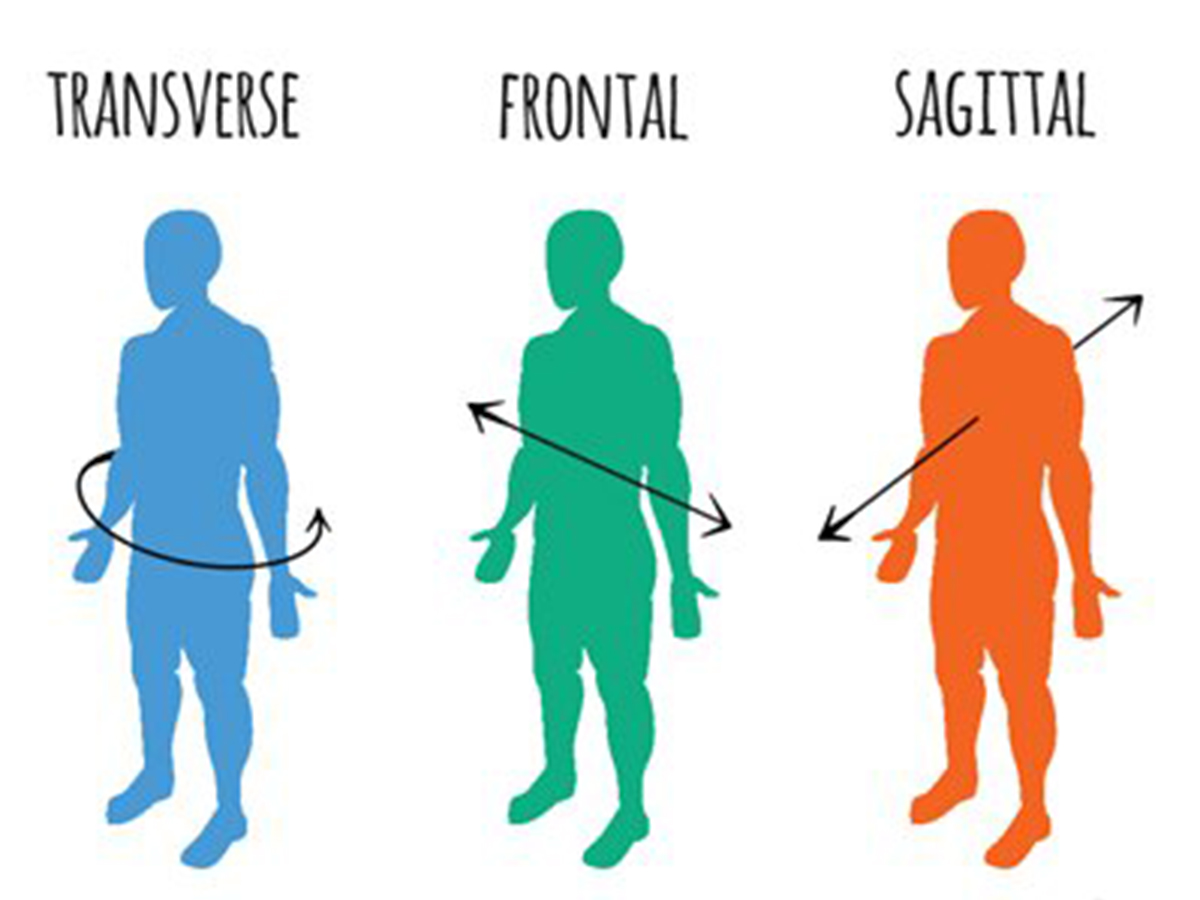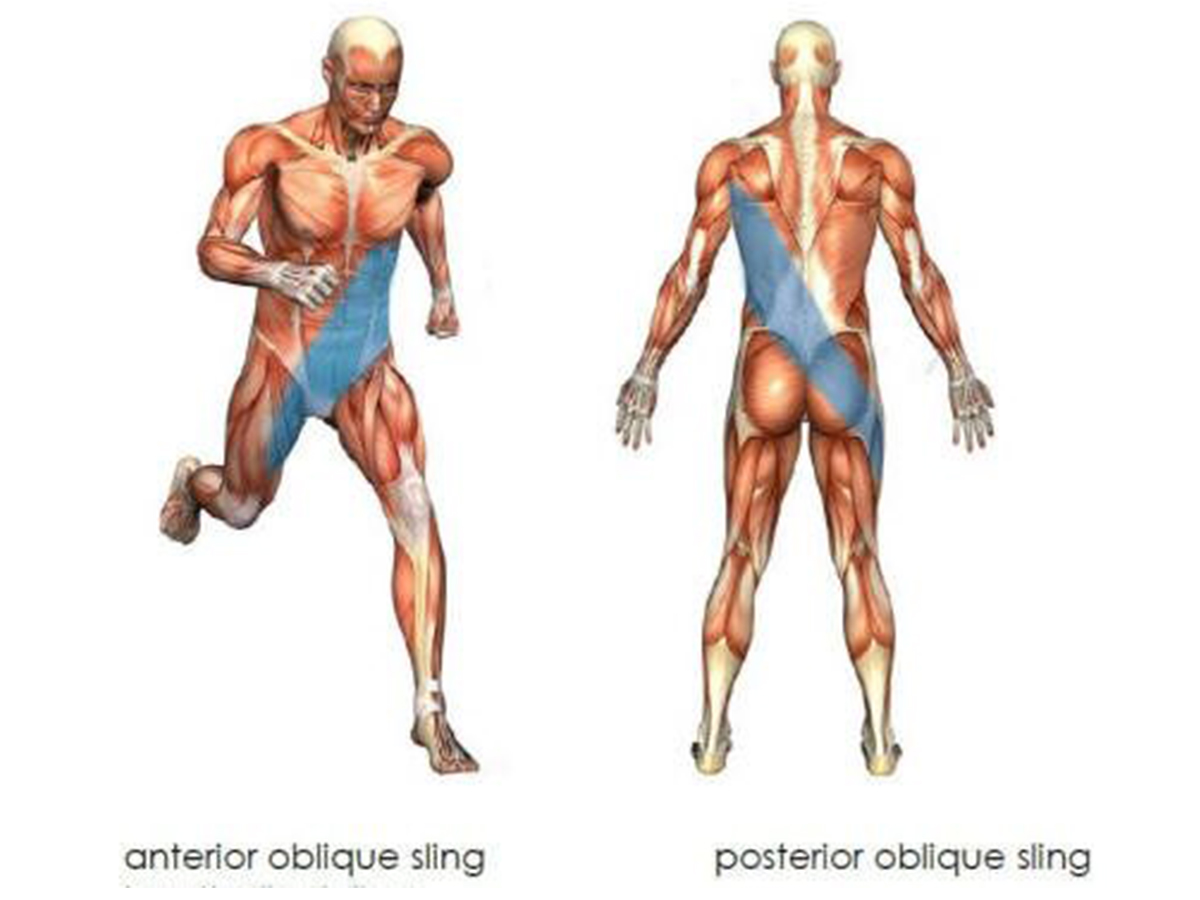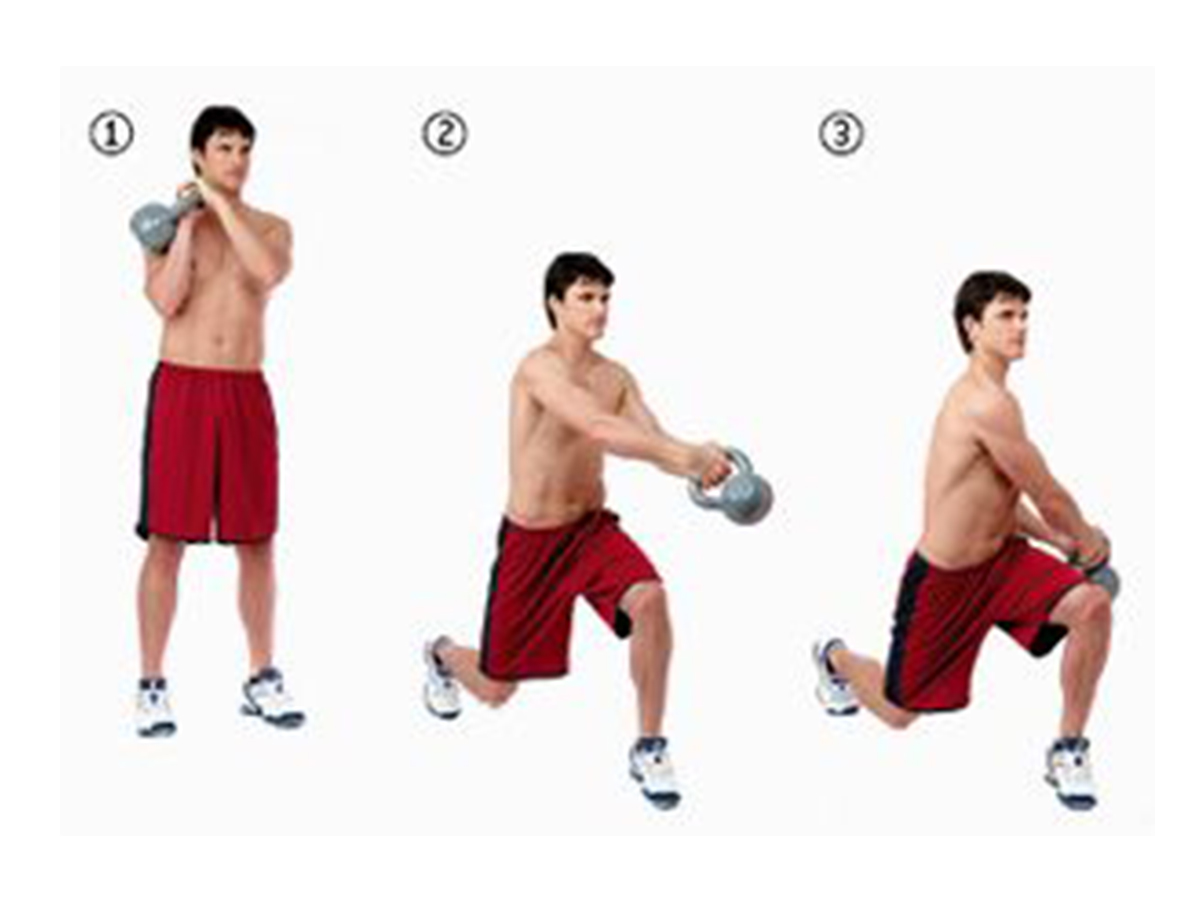
Runners, don’t forget the transverse plane.
- March 12, 2022
- 0
Cover photo: Elias Polion, Trail Runner
Prepared by: Mario Fares, Strength and Conditioning Coach
We live in a three-dimensional world. Our bodies need the ability to move in all three dimensions. By improving three-dimensional movements, you reduce your risk for injury and are more likely to achieve higher performance.
The three planes of motion are the sagittal, frontal and transverse planes.
The Sagittal Plane includes all the forward and backward movements, the Frontal Plane includes side-to-side movements, while the Transverse Plane includes all the rotational movements

If your goal is performance, never think of muscle groups as isolation, but recognize the integrated movement patterns of the entire body as a single unit. Our bodies consist of various mechanisms which are connected to each other through “sling systems”.
Human biology works contralaterally, if you watch a runner, you will see that he is moving forward, but in fact, his body is rotating. When a runner is moving his leg forward, his contralateral hand is also moving forward with a rotation in the trunk. We function while doing those activities in the transverse plane.
The Anterior Oblique Sling runs diagonally in front of the torso. It contributes to accelerating the body but also to rotating and decelerating it during the change of direction.
The Posterior Oblique Sling controls the rotation of the pelvis during running and stores energy to create more efficient movements like a spring.

Those two slings diagonally link the opposite parts of the torso with the hips and legs. They form an X across the front and the back of the body, and the best way to train them is in the transverse plane.
I’m not recommending in this article to neglect the other plane of motion and the other slings, since they also have a job in controlling your body while running, but I’m recommending to include more the transverse plane in your program. You can add exercises that include some type of rotation or you can modify your sagittal plane exercises to get both planes in one exercise. To make it clearer, think of the normal lunge exercise, you can add a dumbbell chop while performing it, Et voila!












